December Incentives Report: Detroit Dominates, But Imports Are Catching Up
As we wade through our year-end sales number reports, one of the important metrics that we’ll be looking at are incentive spending rates. Detroit continues to dominate both Edmunds’ True Cost of Incentives index (above) and TrueCar’s incentive forecast (after the jump), with little serious competition for their supremacy in this profit-sapping and brand equity-squandering category. Still, the foreign firms are increasing their incentives while Detroit has generally scaled back over the last year, so the incentive race is slowly getting tighter…
TrueCar’s incentive forecast (above) shows that Nissan in particular is approaching Detroit-like levels of cash on the hood, although discrepancies with the Edmunds numbers, particularly in regards to Nissan (the most-incentivized import) and Ford (the least-incentivized domestic), do muddy the picture a bit. And since only Emdunds offers year-end incentive numbers (below), that’s all we have to go on for a picture of the industry’s incentive activity in 2010. And those numbers definitely do show a narrowing of the gap between foreign and domestic automakers, with Detroit cutting back on incentives and the foreign firms increasing their spends. Still, until the Detroit firms breaks free of the $3k-per-vehicle level, it will be tough to heap too much praise on their restraint… and until the imports top $3k-per-vehicle, it won’t be much of a horse race.
More by Edward Niedermeyer
Latest Car Reviews
Read moreLatest Product Reviews
Read moreRecent Comments
- Doughboy I’ve seen car bras before, but never car beards. ZZ Top would be proud.
- Bkojote Allright, actual person who knows trucks here, the article gets it a bit wrong.First off, the Maverick is not at all comparable to a Tacoma just because they're both Hybrids. Or lemme be blunt, the butch-est non-hybrid Maverick Tremor is suitable for 2/10 difficulty trails, a Trailhunter is for about 5/10 or maybe 6/10, just about the upper end of any stock vehicle you're buying from the factory. Aside from a Sasquatch Bronco or Rubicon Jeep Wrangler you're looking at something you're towing back if you want more capability (or perhaps something you /wish/ you were towing back.)Now, where the real world difference should play out is on the trail, where a lot of low speed crawling usually saps efficiency, especially when loaded to the gills. Real world MPG from a 4Runner is about 12-13mpg, So if this loaded-with-overlander-catalog Trailhunter is still pulling in the 20's - or even 18-19, that's a massive improvement.
- Lou_BC "That’s expensive for a midsize pickup" All of the "offroad" midsize trucks fall in that 65k USD range. The ZR2 is probably the cheapest ( without Bison option).
- Lou_BC There are a few in my town. They come out on sunny days. I'd rather spend $29k on a square body Chevy
- Lou_BC I had a 2010 Ford F150 and 2010 Toyota Sienna. The F150 went through 3 sets of brakes and Sienna 2 sets. Similar mileage and 10 year span.4 sets tires on F150. Truck needed a set of rear shocks and front axle seals. The solenoid in the T-case was replaced under warranty. I replaced a "blend door motor" on heater. Sienna needed a water pump and heater blower both on warranty. One TSB then recall on spare tire cable. Has a limp mode due to an engine sensor failure. At 11 years old I had to replace clutch pack in rear diff F150. My ZR2 diesel at 55,000 km. Needs new tires. Duratrac's worn and chewed up. Needed front end alignment (1st time ever on any truck I've owned).Rear brakes worn out. Left pads were to metal. Chevy rear brakes don't like offroad. Weird "inside out" dents in a few spots rear fenders. Typically GM can't really build an offroad truck issue. They won't warranty. Has fender-well liners. Tore off one rear shock protector. Was cheaper to order from GM warehouse through parts supplier than through Chevy dealer. Lots of squeaks and rattles. Infotainment has crashed a few times. Seat heater modual was on recall. One of those post sale retrofit.Local dealer is horrific. If my son can't service or repair it, I'll drive 120 km to the next town. 1st and last Chevy. Love the drivetrain and suspension. Fit and finish mediocre. Dealer sucks.


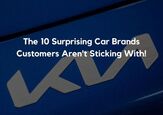


















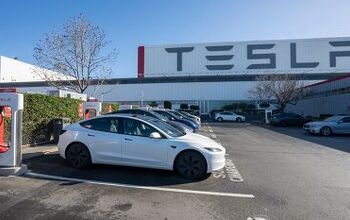
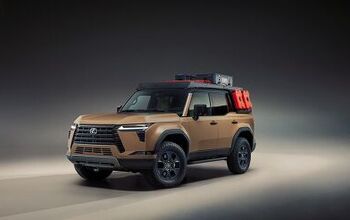
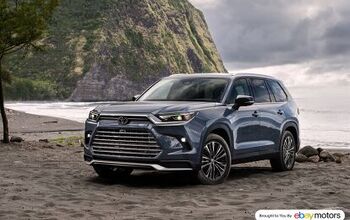
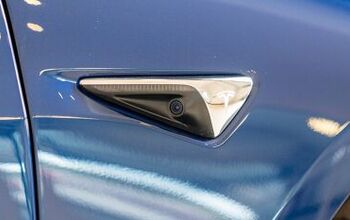
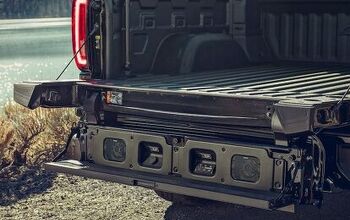
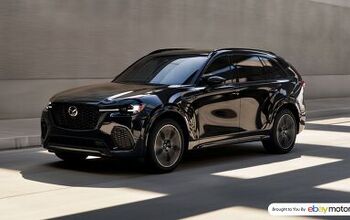

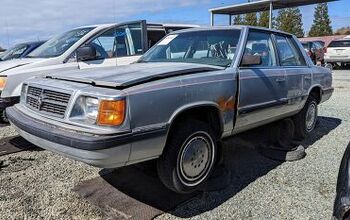
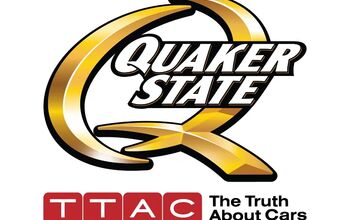



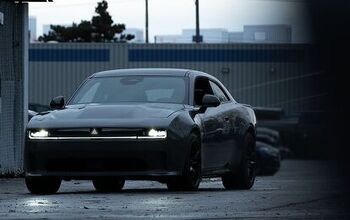
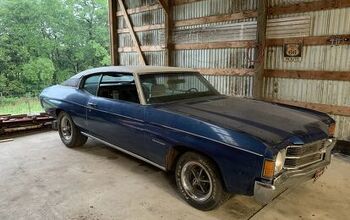
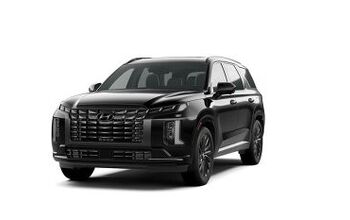
Comments
Join the conversation
A closer look might be required than just the average figures. It all comes out by model. $5k on a Flex but >$500 on F150's makes a large difference. Ford could keep that up indefinitely. It would be interesting to know how broad a range the incentives cover. Just a general interest rebate? Cash on the hood over the complete model range? Yadda, yadda, yadda.
Do any of the incentive reports include price of the vehicle in their reports? The Detroit 3 sell more trucks. Trucks are more expensive and have bigger incentives. So do crossovers. Imports typically sell more cars, which are typically lower priced and have lower incentives (Camry best selling car again, has been for several years now). If the average price of a truck is 30k, and the average price of a car is 20k, (picking numbers randomly don't have actual data on it), then D3 having a 3k incentive is just as bad as a 2k incentive from the imports when it comes to incentives. I know the above example doesn't include the fact that all auto manufactures sell a mixed fleet of vehicles, but I really do think that incentives should be tracked as a function of MSRP as opposed to a price per unit.